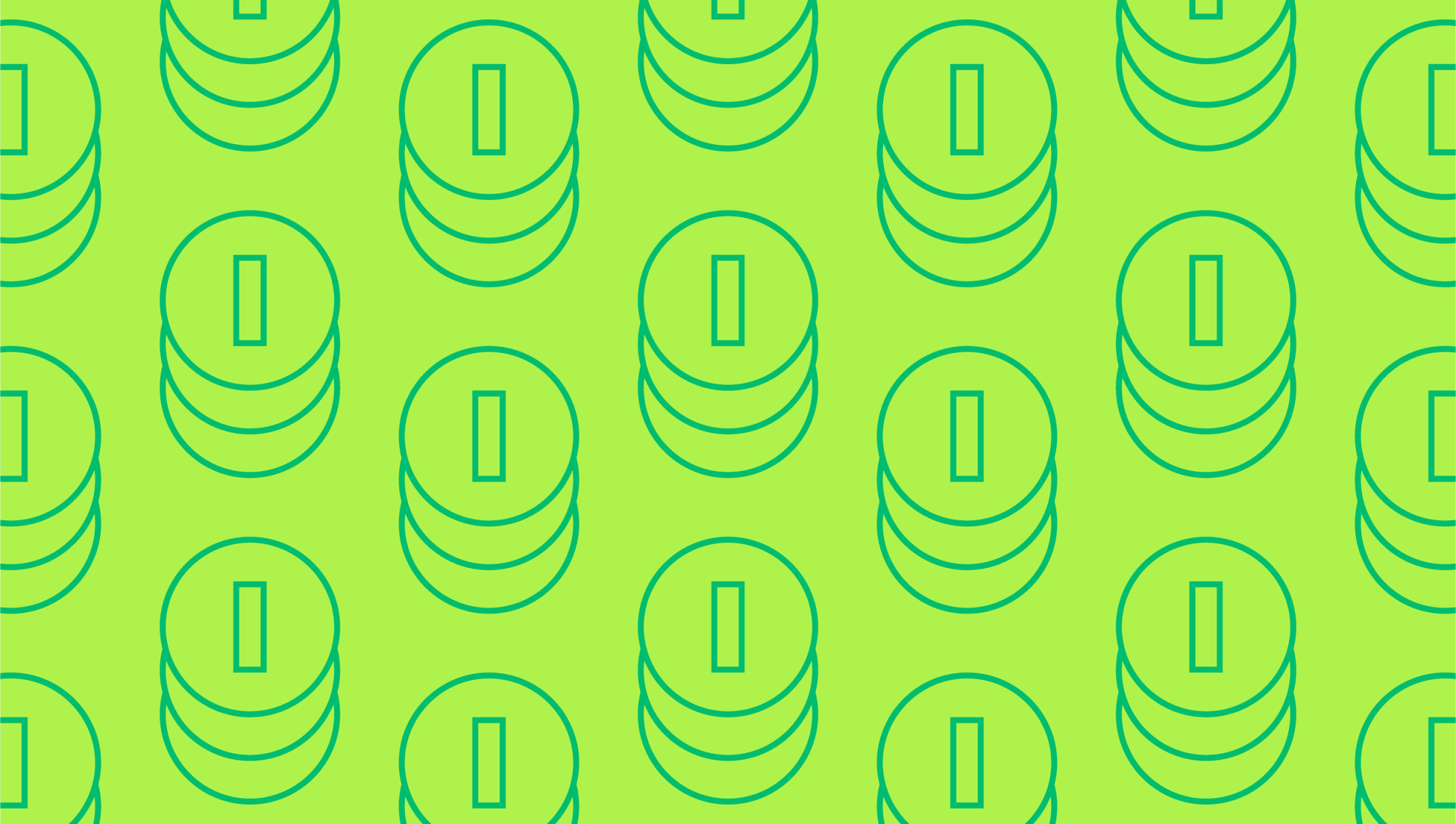Last editedJul 20223 min read
It may not be possible to predict the future in business, but a cash flow budget can help. Putting together a cash flow budget involves scrutiny of your sales and expenses, so that you know how much money you’re likely to have on hand a few weeks or months from now. Find out more about what is included in a cash flow budget and why it’s so important with our guide below.
What is a cash flow budget?
Do you know your current cash balance? A business can be profitable on paper, but if it doesn’t have adequate cash flow it could be impossible to grow. A cash flow budget looks at where your business stands in terms of cash inflows and outflows, using these as the basis for future budgeting. One thing to note when looking at how to budget cash flow is that this will not be a precise figure, so think of it more as an educated guess.
A cash flow budget estimates cash flows over a specific accounting period, whether it’s weekly, monthly, quarterly, or annually. The budget serves as a jumping-off point for assessment of liquidity. Will your business have enough cash to continue its daily operations both in the short and long-term? A cash flow budget can help you figure it out.
What is included in a cash flow budget?
If you’re wondering how to do a cash flow budget, the first step is understanding which figures to include. A cash flow budget should include the following data:
Loan payments
Tax payments and refunds
So, what is included in a cash flow budget? In short, all cash inflows and outflows that your business is likely to experience during the period in question.
Short-term cash budgets will look more at things like payroll, operating expenses, investments, utility bills, and rent.
Long-term cash budgets will look at long-term investments, taxes, and capital expenditure on projects.
How to budget cash flow
Ready to get started? Here’s how to do a cash flow budget:
Step 1: Prepare your sales forecast
Step 2: Project all cash inflows for the period
Step 3: Project all cash outflows for the period
Step 4: Combine these figures into a spreadsheet
You’ll then be able to see the cash flow bottom line, whether it’s positive or negative.
As you can see, the process begins with creating a sales forecast. This should use your historic sales figures as a starting point, factoring in seasonal influences, competition, inflation, and the general state of the economy. From there, you can look at your current cash flow statement to see where you’re spending and receiving money. Apply these figures to your projected budget.
Cash flow budget example
To better illustrate how the process works, take the following cash flow budget example.
Imagine that Company ABC is a toy manufacturer that wishes to project its seasonal sales for the final quarter of the year. To get started, it would use last year’s sales figures from the same three-month period:
|
October |
£25,000 |
|
November |
£35,000 |
|
December |
£50,000 |
This year, due to company growth and a new advertising campaign, Company ABC anticipates a 3% rise in sales during October and November and a 5% rise in sales during December’s seasonal rush. It would forecast sales accordingly:
|
October |
£25,500 |
|
November |
£35,700 |
|
December |
£52,500 |
Let’s say that Company ABC then wishes to create a cash flow budget for the month of December. The accounting manager first adds up all of its cash inflows, including projected sales plus payments from vendors and interest payments. The total of all cash inflows is £75,000, including the £52,500 in projected sales.
Next, Company ABC tallies up all cash outflows for the month of December including rent, utility payments, loan repayments, payroll, and marketing. It will spend £45,000 in outflows. This leaves it with a cash flow budget of £30,000.
How to use your cash flow budget
Why should you take the time to calculate your cash flow budget? After all, it’s not an accurate figure. There are in fact numerous benefits to estimating your future cash flow. This helps you anticipate future bills, minimising uncertainty and predicting challenges ahead of time. If your projected cash flow is negative, you can look at ways to cut costs and take corrective action. You can also see whether you will have an excess amount of cash to work with, which is important when you need to grow your business or develop new products. For all these reasons, it’s a good idea to take frequent stock of where you stand.
We can help
GoCardless helps you automate payment collection, cutting down on the amount of admin your team needs to deal with when chasing invoices. Find out how GoCardless can help you with ad hoc payments or recurring payments.


